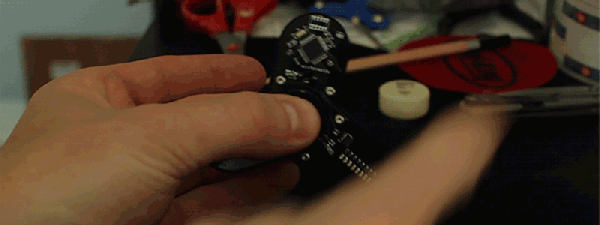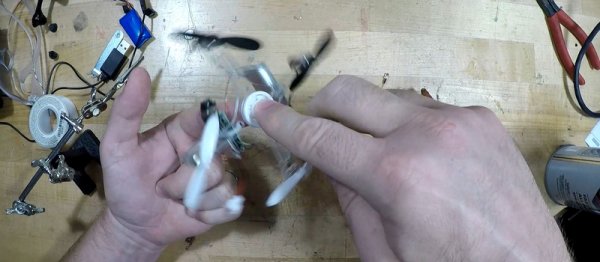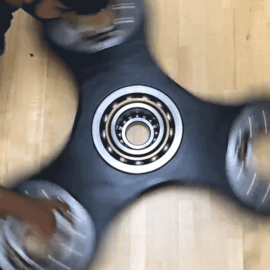A few months ago, we had a Hack Chat with Chip Gracey, the guy behind Parallax, the Basic Stamp, the Propeller, and the upcoming Propeller II. Now we’ve finally got around to editing that transcript. There’s a lot of awesome stuff in here, from learning a Hardware Design Language to the actual costs of fabbing silicon.
Rigol, the manufacturers of every hackerspace’s favorite oscilloscope, announced a new chipset. The current lineup of Rigol scopes top out at around 1GHz. In a prototype scope based on this chipset, Rigol demonstrated 4GHz bandwidth and 20GS/s with one Billion point memory depth. What this means: Rigol will be making very powerful scopes in the near future.
Hackaday had a meetup this week in New York City. The June workshop at Fat Cat Fab Lab featured speakers involved with twitter bots, 8-bit art, one of the guys behind Beautiful Soup, and a talk on a completely self-sustainable record label. Want to attend one of these meetups? Check out the calendar.
Repairs of retrocomputers are always interesting, but usually the same. Wipe off some dust, possibly replace a cap or two, retrobrite the case, and you’re done. This is not the usual retrocomputer repair. [Drygol] found a C64 that was apparently stored in a swamp for several years. The power switch fell off when he touched it. Somehow, miraculously, the circuit worked and [Drygol] rewarded the board with a new enclosure, dyed keycaps, an SD2IEC mod, and a kernel switch mod.
Guess what’s back? A pen computer with a color sensor on one end, and an ink mixer in the other. The Scribble Pen is the Internet’s infamous crowdfunded color-sensing pen, and the scammer behind it is looking for another funding round. Has anything changed since we tore this thing apart three years ago? No, it’s still a scam. I’ve been keeping tabs on the guy behind it, he’s still not in prison, and there are still idiots on this planet.
The ‘A’ stands for ‘Arts’.
The Benchy is everyone’s favorite tugboat and 3D printer benchmarking tool. They usually float, sideways. However, [MakeShift] somehow figured out how to add weight to the keel and turn the cutest little tugboat into a real, remote controlled boat. You could probably model a proper hull for the bottom of this boat, and it would be one of the few 3D prints where the actual design would be subject to US Copyright.
Is the fidget spinner fad dying? Square, the startup built around turning old AUX to cassette adapters into POS terminals seems to think so. They’ve been graphing their sales figures for fidget spinners, and there has been a marked decline since school let out for the summer. Will the trend pick back up in September? Who cares.






 Clocking in at 150 pounds and 45 inches in diameter, this thing is undeniably huge. The structure is made out of what looks to be veneered plywood glued together to make a ~2.5in thick structure to put their bearings in. And, after washing their bearings with soapy water, the students get to work press fitting their 2.2in by 10.5in ball bearings into their painted wooden structure. Their video embedded below is an entertaining watch, it starts with a gag, but moves on the project afterwards.
Clocking in at 150 pounds and 45 inches in diameter, this thing is undeniably huge. The structure is made out of what looks to be veneered plywood glued together to make a ~2.5in thick structure to put their bearings in. And, after washing their bearings with soapy water, the students get to work press fitting their 2.2in by 10.5in ball bearings into their painted wooden structure. Their video embedded below is an entertaining watch, it starts with a gag, but moves on the project afterwards.










